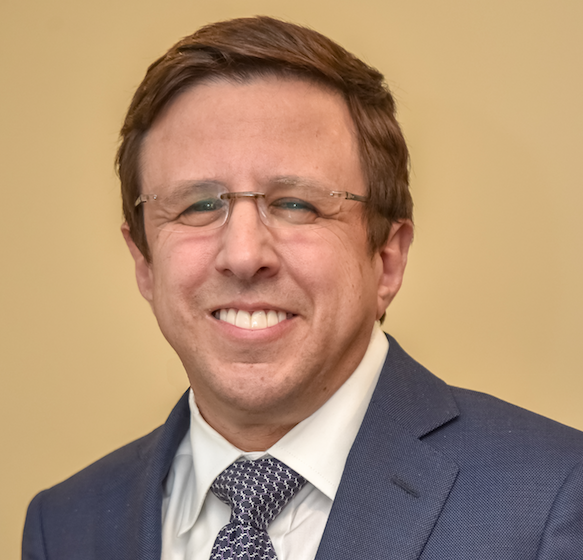

As a crisis communications counselor who has worked with skilled nursing facilities over many years, I was not at all surprised that some 20 SNFs would seek out my firm’s assistance in the early days of the COVID-19 pandemic.
Decades of experience in healthcare and public relations, however, were little preparation for the chaos caused by: a deadly virus spreading like wildfire about which little was then known; a rapidly shifting regulatory landscape; and an already constrained workforce facing the immense demands of caring for an infected population, all while being exposed to that same illness.
The nursing home profession — long underfunded and never designed to handle a global pandemic — rose to the occasion. The women and men who work in these buildings are heroes, full stop. Without their steadfast commitment, the suffering during the first wave of the pandemic would have been far worse.
Given the intense operating environment, and the rigid restrictions on family visitation, no communications program could be perfectly implemented by any facility. Some SNFs that had never dealt with the media were suddenly greeted with TV news vans in their parking lot. Others dealt with tremendous pressure from family members, many of whom reached out to elected officials or took to social media to share their frustration.
With what we experienced working side-by-side with our SNF clients during the onset and the onslaught of the pandemic in Massachusetts, I would like to share six lessons learned to help other facilities that are now in the center of the storm.
- When it comes to families, over-communicate.
Spouses, adult children and other relatives felt tremendous strain over not being able to visit their loved ones due to the restrictions necessitated by COVID-19. Because of this strain, the best substitute was highly regular communications with families. We learned that these messages sent by email, text or mail for those who could not be reached electronically, can enable families to better visualize what is happening inside the facility and to be kept up to date on numbers of positive cases and deaths. In the absence of these regular communications, which should at least be weekly but can be as frequent as daily, families will be scared and feel isolated, and this may cause them to reach out to the news media or a regulatory agency.
- Be prepared with holding statements.
The first line of a defense with the news media is a holding statement that communicates basic facts and ensures that a facility will have a voice in a news story, rather than an evasive “no comment.” Here, too, facilities do not need to wait for the surge. Template holding statements can be drafted in advance and then customized based on the particular circumstances on the ground.
- Make media training an essential tool.
In some instances, there may be strategic advantages to granting an interview to the media. Any interview will require extensive preparation and should only be handled by a spokesperson who has been professionally media trained. It is easy for a media interview to go sideways, and in a hurry. Don’t sit down with the local TV reporter — or any journalist — without having been trained and prepped for the interview.
- Lead with your top clinician.
The public generally trusts clinicians more than they do business people. A medical director or director of nursing services, if they are articulate and knowledgeable, and have been media trained, may be a better spokesman than a facility owner or administrator. While an administrator has been professionally trained and licensed, and is always highly knowledgeable about everything in the building, the clinical leader donning a white coat or scrubs may be more persuasive to the public.
- Proactively manage the media so that they don’t take time away from residents.
Having a plan to manage the news media in a crisis and template materials created in advance will ensure that, during a surge, attention can be focused on the residents and not on tonight’s newscast or tomorrow’s front page.
- Keep the team informed.
Employees want to be fully aware of all of the challenges facing the facility and it is imperative to have an open channel with them. If employees believe that management is not being straightforward about the risks of the workplace, their confidence will be shaken, which is the last thing needed in a pandemic. Management and staff must have each other’s back.
For facilities in parts of the country that have not yet had to deal with a surge, thinking through what will be required to manage communications when there is an increase in cases is critically important. You can also get in the habit of making more regular family communications and ensuring that you have the best contact information for family members.
Managing the COVID-19 response will require the use of many resources and deployment of multiple strategies. Communications must be one of those key strategies.
David A. Ball is president of Ball Consulting Group, LLC, a strategic communications firm based in Newton, MA, that has worked with senior care providers across the country.





